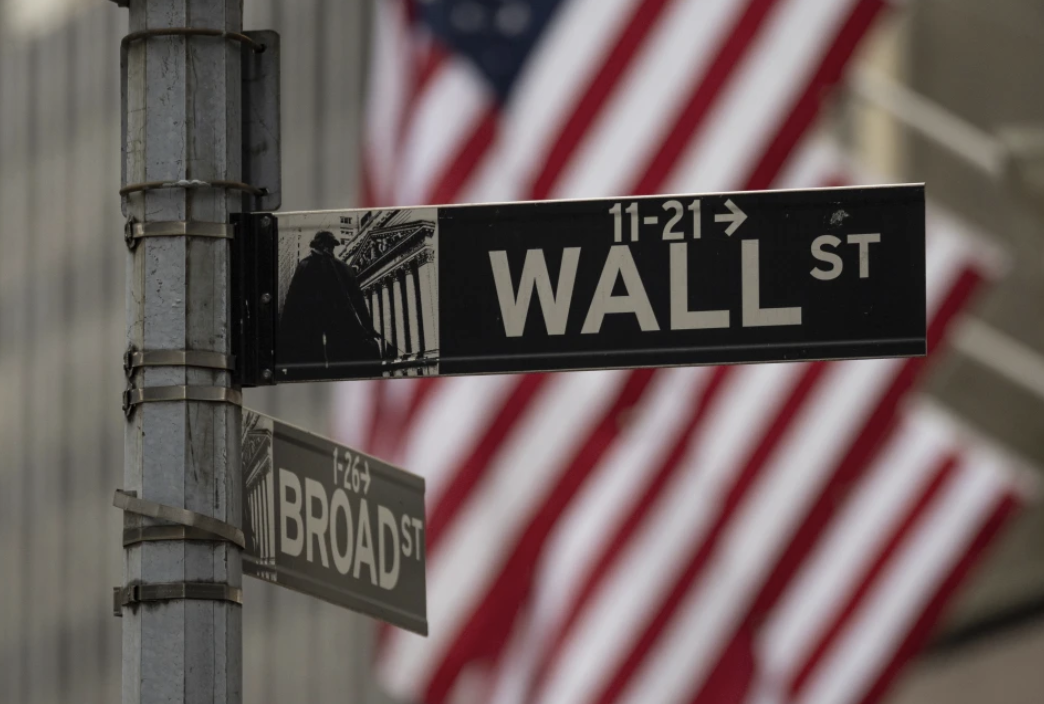The UK economy kicked off 2025 with a bang, posting its strongest growth in over a year. Official data from the Office for National Statistics (ONS) confirms a 0.7% GDP increase from January to March, driven by a frenzy of homebuying and robust consumer spending. But dig a little deeper, and the numbers tell a more complex story—while the early months sparkled, storm clouds are gathering. Let’s break down what’s happening, why it matters, and whether this hot streak has legs.
A Turbo-Charged Start to the Year
The 0.7% GDP growth in Q1 2025 marks the UK’s best quarterly performance since Q1 2024, when the economy expanded by 0.9%. To put this in perspective, it’s a sharp rebound from the anemic 0.1% growth in Q4 2024. The ONS highlights two big drivers: a rush of property purchases as buyers scrambled to beat a tax deadline, and a surge in manufacturing output as firms ramped up production ahead of new US import tariffs under President Donald Trump’s trade policies.
Monthly data adds more color. February was a powerhouse, with GDP growth now estimated at 0.5%, while March clocked in at a revised 0.4% (up from an initial 0.2%). The services sector, which accounts for roughly 80% of the UK economy, grew by 0.7% alone, with retail and hospitality leading the charge. Consumer spending, a key engine, was buoyed by a drop in the household saving rate from 12.0% in Q4 2024 to 10.9% in Q1 2025. That’s £1.1 billion less tucked away and more cash hitting the high streets.
But here’s a kicker: real household disposable income grew by just 0.3% in Q1, lagging behind inflation and tax hikes. This means the spending spree came at the cost of savings, not fatter wallets. It’s a classic case of borrowing from tomorrow to pay for today, and it raises questions about sustainability.
Why the Party Might Fizzle Out
Despite the Q1 fireworks, the ONS and economists are waving caution flags. April 2025 saw GDP contract by 0.3% month-on-month, partly due to one-off factors like bad weather and supply chain hiccups, but also signaling deeper issues. The Bank of England (BoE) projects a modest 0.25% growth for Q2, a far cry from Q1’s vigor. For the full year, the Office for Budget Responsibility (OBR) pegs 2025 growth at 1.0%, while the Organisation for Economic Cooperation and Development (OECD) is slightly more optimistic at 1.3%.
What’s dragging the outlook? First, fiscal policy is tightening. Chancellor Rachel Reeves’ tax hikes on businesses, including a £4 billion annual hit from new levies, are starting to bite. Second, Trump’s trade wars are no small matter. The UK secured a deal to soften US tariffs, but British goods still face a 10% levy, with cars and steel hit hardest. This could shave 0.2% off GDP by 2026, per OECD estimates. Third, unemployment climbed to 4.6% in Q1 2025, a near four-year high, signaling a cooling labor market. Vacancies dropped by 12% year-on-year, according to ONS data, which translates to 150,000 fewer job openings.
Then there’s the inflation headache. Consumer prices rose 2.3% in Q1, outpacing wage growth of 1.8%. This squeezed real incomes, forcing households to dip into savings or cut back. The BoE has cut interest rates four times since mid-2024, bringing the base rate to 4.0%, but mortgage rates remain sticky, with 1.8 million fixed-rate deals set to expire in 2025. That’s 400,000 more than in 2024, and it’ll cost the average homeowner an extra £200 a month.
Bright Spots Amid the Gloom
It’s not all doom and gloom. Business confidence is climbing, hitting a nine-year high in June 2025, according to a Lloyds survey. Employers are betting on lower interest rates—two more cuts are expected by year-end, potentially dropping the base rate to 3.5%. This could unlock £10 billion in household spending, per Capital Economics. The government’s also flexing its muscles with a 10-year infrastructure plan, pumping £50 billion into transport, digital, and social projects by 2030. The Oxford-Cambridge Growth Corridor, including the East West Rail, is a flagship, expected to create 20,000 jobs by 2028.
Trade deals are another feather in the cap. Agreements with the US, EU, and India, signed in Q1, could boost exports by 5% over three years, adding £15 billion to GDP. The AI sector is another wildcard, with the government’s AI Opportunities Action Plan targeting a 10% adoption rate across SMEs by 2027, potentially contributing £5 billion annually.
Crunching the Numbers What’s Next?
Let’s do some back-of-the-envelope math. If Q2 growth hits the BoE’s 0.25% forecast, and Q3 and Q4 average 0.3% each, annual GDP growth lands at 1.25%—decent, but hardly stellar. Compare that to the G7: the US is projected at 2.5%, Canada at 1.8%, and Germany at 0.8%. The UK’s middle-of-the-pack, but it’s outpacing France (1.1%) and Italy (0.9%).
The current account deficit widened to £23.46 billion in Q1, up from £21 billion in Q4 2024. That’s 3.4% of GDP, a red flag for external vulnerabilities. Net borrowing rose to £12 billion, driven by higher import costs. If tariffs and energy prices keep climbing, this gap could hit £30 billion by year-end, putting pressure on the pound, which has already slipped 2% against the euro since January.
Can Reeves Steer the Ship?
Rachel Reeves is walking a tightrope. Her Spending Review, unveiled in June, boosts day-to-day spending by 1.2% annually through 2028, but a £4.5 billion hole from U-turns on welfare cuts and pensioner subsidies has economists worried. The fiscal buffer, once £10 billion, is now razor-thin. Further tax hikes or spending cuts could be on the table, risking voter backlash.
The big question is whether Q1’s momentum can be sustained. With consumer savings dwindling, trade tensions simmering, and fiscal headwinds intensifying, the UK economy feels like a car running on fumes after a fast lap. Reeves will need every ounce of her economic playbook to keep it on the track.

